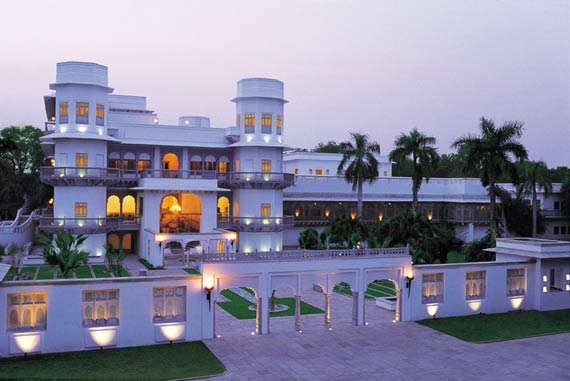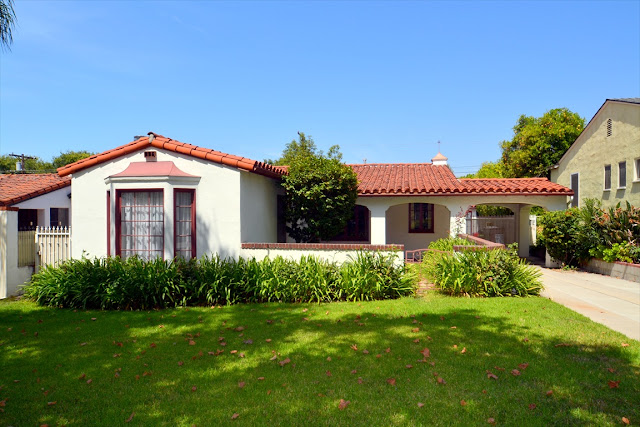INDIAN HERITHGE (A Premise for Arguments) (Page 5)
Thus, many queries remain unanswered and the tendency to fall back on rhetoric is rampant. A lot of this may be the fallacy of the present educational culture where an excessive tress on theory alienates the budding professional from the realities and problems on the ground.
The problems are many those related to legislation, protection, conservation, management and implementation: The issues of inadequate legislations; independent listings; inappropriate conservation interventions; unique problems of unique places; the operational issues and others. The Challenges related to training and capacity building are paramount. The problems of conservation in the Indian conditions- climatically and in response to natural hazards must also be seen as topical issues. Certainly, Indian heritage offers immense complexity. conservation and management of such heritage/heritage sites go beyond theory and academic discourse. More so, when no readymade solutions can be applied for specific contexts. The proposals which have been implemented successfully are the ones which have managed to strike a balance between the conceptual stability and the active moderates at the site.
Physical conservation: The Traditional and the Modern
Physical conservation is important in not only enhancing the shelf-life of historic structures but is also indispensable from the perspective of improving user and safety standards. Also today, when we talk great deal on the matters of sustainability and reduced consumption of resources and energy, restoring and giving new uses to the existing historic stock is one of the most-viable 'green solutions' for our cities. However, physical conservation demands not only highly specialised skills, scientific approach but circumstantial adaptability. It is here, that the critics assert that professionals who are more trained to be 'researchers' and 'heritage managers' and not "Conservation architects' struggle. A lot of times, conservation is based on the use of modern materials, techniques and processes. structural consolidations and physical conservation due to various reasons (technical, financial, legal, others) cannot always be based on the 'purist' or "the knowledge Systems' approach. Similarly, re-use often involves not only changes in the existing use/functions but also in minimal degree of physical changes as related to updating infrastructure and adding service components. This may include the technical inputs for service components such as: electrical, lighting, waterproofing, plumbing, drainage and water-recycling, fire-safety, HVAC and any others. Modern technology and heritage, is a symbiosis possible? 'Heritage Conservation' in the broadest sense is the process of safely delivering the heritage to the posterity. The word 'safely' is significant and implies maximum private or public utility vis-a-vis minimum loss of value, resource, material or fabric.
(Continues...)




Comments
Post a Comment